Table Of Content
- Brief overview of the Orangerie Museum
- Architectural Features of Orangerie Museum
- Cultural Impact and Significance
- Recent Developments of the Orangerie Museum
- Overview of the Museum Collections
- What to See in Orangerie Museum?
- Things to Know Before Visiting Orangerie Museum
- Orangerie Museum Paris Tickets
- Best Time to Visit Musee de l’Orangerie
- Practical Tips for Visiting
- Frequently Asked Questions (FAQs)
- Conclusion
The Musée de l’Orangerie is one of the most famous museums in the world. It is the best museum for Impressionist and Post-Impressionist art. In 2023, over 5.1 million people visited the Musée d’Orsay and the Musée de l’Orangerie in France. But the initial story of the museum’s history is interesting.
At the start time, the museum building was a Citrus Shelter in 1852. At the request of Emperor Napoleon III, the orangery was built in the garden of the Tuileries Palace. The architect Auguste Bourgeois was the person behind the garden terrace along the Seine River.
In the present world, the museum has some of the most famous paintings in the world. It includes Claude Monet’s water lilies. If you love history, you are in the right place. In this article, I will share Orangerie Museum history and its collection.
Key Takeaways:
- The Orangerie museum is a must visit place for art lovers.
- The Museum building was built in 1852 as a greenhouse to protect orange trees.
- In 1921, It turned the orangery into a museum. In 1927, the museum became public.
- Spring and fall are the best season to visit the museum.
Brief overview of the Orangerie Museum
The Orangerie Museum building was not like what we see today. It was a simple shelter for orange trees from winter snow. Before becoming the museum, it faced some major transformations. I will discover the Orangerie Museum Paris history in this post.
Origins of the Orangerie
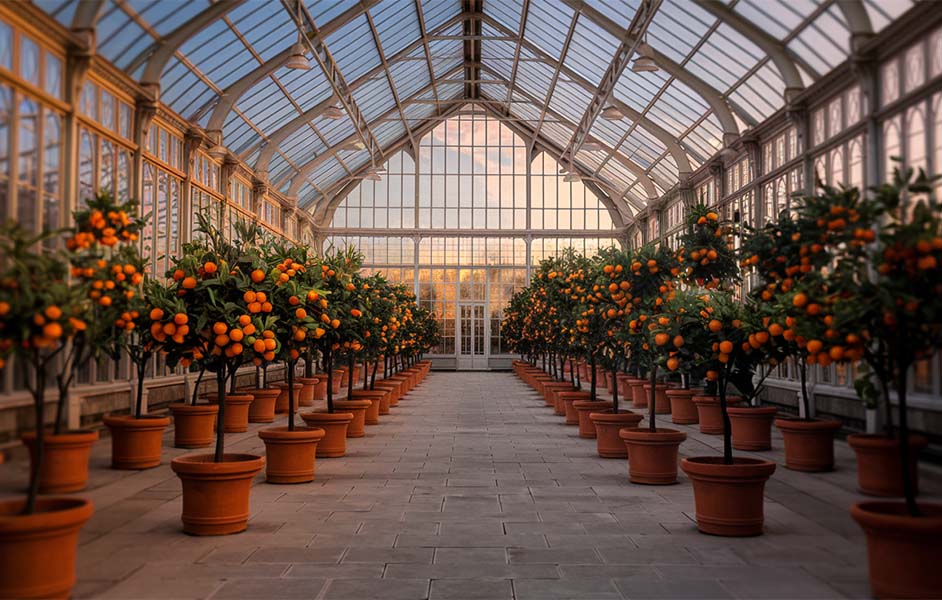
The building of the Orangerie museum was a greenhouse. In 1852, Napoleon III built it to protect the orange trees from winter snow. Since the purpose of making it was to protect the trees, it was built on the garden terrace along the Seine River. The name of the building was “waterfront terrace.”
According to the museum website, Auguste Bourgeois was the first architect of the building. He took only four months to build this greenhouse. The building is an elegant, neo-classical structure made of glass and stone. The design ensures the entry of sunlight and protects the orange trees from the wind.
Transition to an Art Venue
During various wars, the government used it as a military storage building. Sometimes, it was also used for events, exhibitions, and cultural gatherings. That’s how the building started to take a role in the public life of Paris. After the fall of the Empire, the state took full control of the building.
The government continued to use it as an orangery until 1922. In 1921, the administration des Beaux-Arts turned the orangery into a museum. In 1927, the museum became public. The French painter Claude Monet took part in the design of the building.
In 1959 and 1963, the state acquired the collections of Jean Walter and Paul Guillaume for the museum. This was one of the important events in the History of Orangerie Museum Paris. That is how the Orangerie Museum started its journey.
Transformation of Orangerie Museum
In 1927, the French state made plans to transform the building into an art museum. The main hero behind this initiative was the former French prime minister. His name was Georges Clemenceau and he was a friend of the artist Claude Monet.
The most famous artwork of the Orangerie Museum is Water Lilies by Claude Monet. He donated this painting to the museum. This painting represents his love for nature. For any art lover, Claude Monet’s paintings are must see during a Paris tour.
Within a few years, the Orangery Museum became one of the most famous art museums in the world. Behind this success, Claude Monet played an important role.
Another Similar Museum is Musée d’Orsay. You can cover both museums on the same day. Learn the Best Time to Visit Musée d’Orsay.
Architectural Features of Orangerie Museum
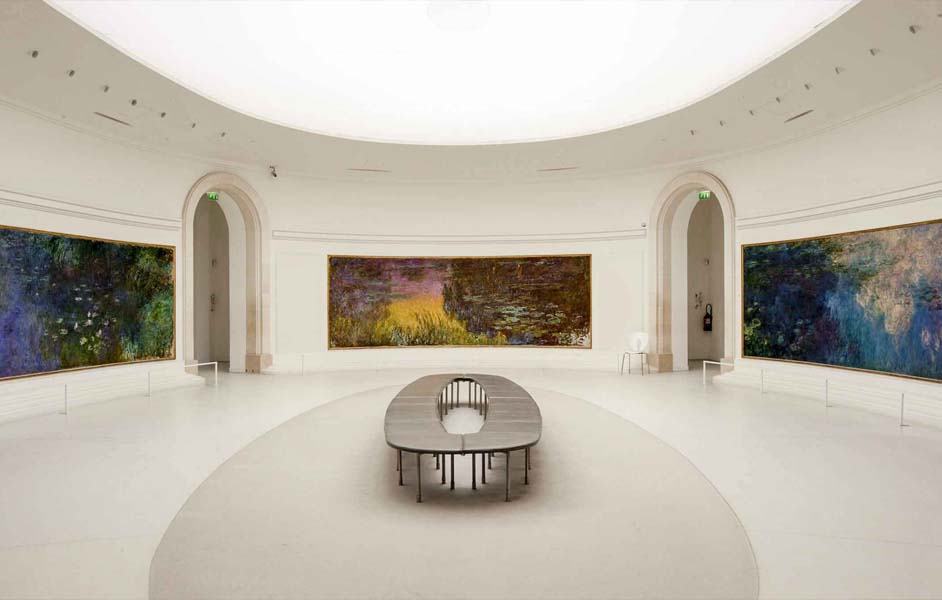
The design of Musée de l’Orangerie is different from other museums. Because the first purpose was to protect trees from snow. It focuses on the natural light coming inside and keeps a warm atmosphere. Here are some features of the museum building:
Glass Walls: The museum has large glass walls. These walls provide natural light and a beautiful view of the Tuileries gardens.
Oval Galleries: There are 2 oval galleries in the museum. These galleries have Monet’s Water Lilies paintings. The design creates a sense of intimacy and allows visitors to enjoy the full view of the artwork.
Classic Style: The architecture of the museum building is wonderful. It is a smoothly curved-shaped design building. The building has many large windows for natural light. The light creates a warm atmosphere inside the museum.
Cultural Impact and Significance
The Orangerie Museum Paris is a key institution in the field of Impressionist and Post-Impressionist work. It has a powerful impact on both the cultural landscape of Paris and the art world at large. The museum is key to showcasing the rise of French art. It covers the late 19th to early 20th centuries.
Recent Developments of the Orangerie Museum
Until the 1970s, the orangerie museum was one of the best cultural places in Paris. After some time, some other modern institutions like the Grand Palais and the musée d’Orsay started to come to light.
To fight back with new places, the museum authority took a big renovation project. From 2000 to 2006, the interior of the museum was developed and many other modern features were added.
Pro Tips: You can read our guide about Last Minute Orangerie Museum Tickets to ensure your tickets.
Overview of the Museum Collections
The Orangerie Museum has various collections. It is also the home of Impressionist and Post-Impressionist art. Some of the museum’s collections are:
Major Collections
From my experience, the Orengaries Museum is like the Claude Monet Orangerie Museum. The most famous artwork in the museum is Monet’s Water Lilies. It is a series of large-scale paintings showing water lilies in the pond. You will find huge crowds in the oval galleries of the museum. All the visitors want to see it.
Another important collection is “Jean Walter and Paul Guillaume Collection.” Jean and Guillaume were art collectors who donated their collection to the museum. The collection includes the works of artists like Renoir, Cézanne, and Monet.
Works by Other Artists
There are many other famous paintings by other artists. The names include Renoir, Matisse, Cézanne, and Pablo Picasso. These collections have portraits, landscapes, and still life.
Want to Know More About Impressionist Art? Click Here
What to See in Orangerie Museum?
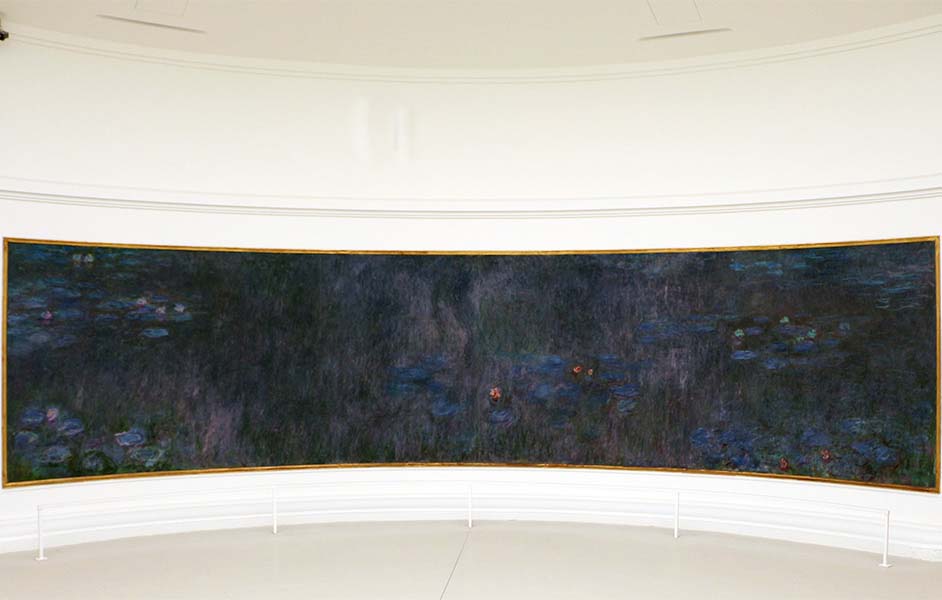
If you are visiting Orangerie museum, I can suggest some must see paintings in the museum. It offers a wide range of artwork collections to its visitors. Here are some suggestions for what to see in Orangerie museum:
- Monet’s Water Lilies: The most famous painting in the museum is Claude Monet’s Water Lilies. These paintings are very large. Each panel is 6.5 feet high and nearly 400 feet long.
- Large Bather: The artist of this painting is Pablo Picasso. It was painted in 1921. The painting is located on Level 2, Room 11.
- Women on the Couch: This painting is located on Level 2, Room 8. It was painted by Henri Matisse.
- Girls at the Piano: A young girl is reading from a score that she is playing with her right hand. Beside her, another young girl is leaning over the piano. It was painted by August Renoir.
- Other collections: There are more Impressionist and Post-Impressionist works. These paintings include works by famous artists such as Renoir, Cézanne, and Van Gogh.
- The museum’s architecture: The museum building is very beautiful. Don’t miss appreciating it.
If you are looking for ticket tips and a guide, Click Here to read and learn.
Things to Know Before Visiting Orangerie Museum
There is a lot of information that you should know before visiting the museum. The museum is located in the west corner of the Tuileries Garden. It is exactly next to the Place de la Concorde in Paris.
Musee de l’orangerie Opening Hours
Opening hours: The museum is open from 9 AM to 6 PM. The last entry time is 5:15 PM.
Closed: The museum stays closed on Tuesdays. The museum is also closed on May 1, the morning of July 14, and all day on December 25.
Orangerie Museum Paris Tickets
There are 2 options to buy your entry tickets. The first one is the museum’s official website and the other one is trusted reseller websites.
Musée de l’orangerie Tickets – Official Website
| Category | Price |
| General Admission | €12.50 |
| Discounted admission | €10 |
Orangerie Museum Skip-the-Line Tickets (Trusted Platforms)
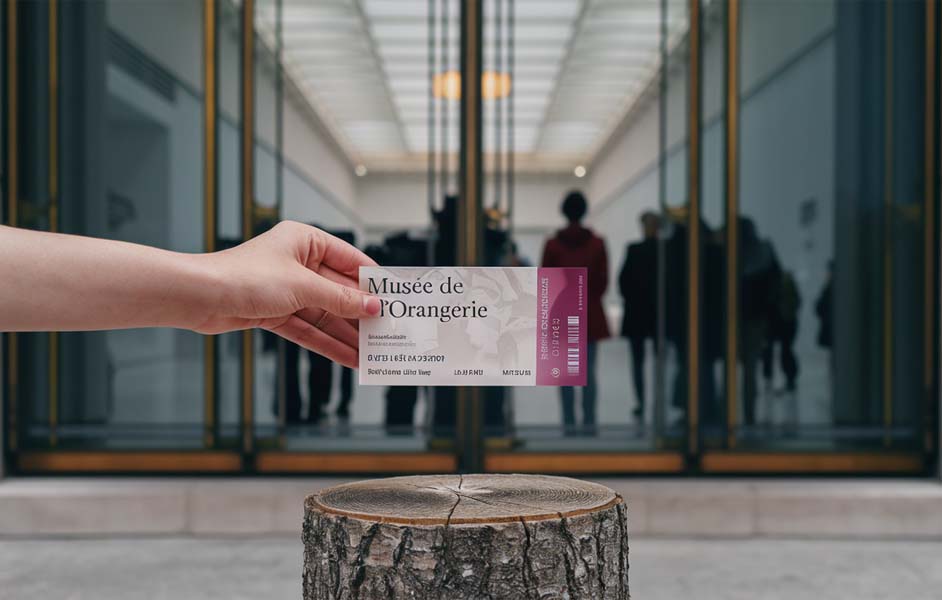
| Musée de l’Orangerie Reserved Audio Guided Best Tour Buy Now | Musée de l’Orangerie & Musée de Orsay Reserved Access Buy Now |
| Musee de l’Orangerie walking Tour with Access Buy Now | Paris Big Bus Hop-On Hop-Off Tour Buy Now |
Free Entry: Entrance is free for all visitors on the first Sunday of each month. Visitors under 18 can also visit the museum for free.
Best Time to Visit Musee de l’Orangerie
- Early afternoon or late evening: Try to visit in the early afternoon or late evening for a small crowd.
- Weekday: Weekdays have a low number of visitors. Try to visit on weekdays.
- Low Season: During the peak tourist season, you cannot enjoy painting peacefully. Plan for the low season to avoid the crowds.
Practical Tips for Visiting
Buy your tickets in advance: If you book your tickets in advance. It can save you time and ensure fast entry. If you miss your ticket, buy last-minute tickets for l’Orangerie.
Use audio guides or guided tours: If you want to explore history, a guided tour is best. The guide will explain the history of artworks and places. Confirm your ticket with the audio guide.
Clothing and Shoes: You need to walk to explore the museum and its area. It is best to wear comfortable clothes and shoes for a better experience.
Frequently Asked Questions (FAQs)
What is the best time to visit the Orangerie Museum?
The best time to visit the museum is early in the morning on weekdays. If you are looking for seasons, try to visit during off-peak seasons. It is typically from September to November.
What was the original purpose of the Orangerie Museum building?
It was built in 1852 to shelter citrus trees during winter. The greenhouse has undergone some major renovations and become the museum it is today.
Which famous artworks are housed in the Orangerie Museum?
Orangerie Museum Monet Water Lilies is the most famous painting in the museum. It is a series of large-scale paintings. You will love it, and it will amaze you.
Are there guided tours available?
Yes, if you love to learn about the story, a guided tour will be best for you. The guide will explain the history of the paintings and places. You can also book an audio-guided tour for self-visit.
Conclusion
The Musée de l’Orangerie has become one of the most famous cultural spots in Paris. It has undergone a rich historical evolution. From an orange tree shelter house to one of the best museums of the 20th century, the history will amaze you.



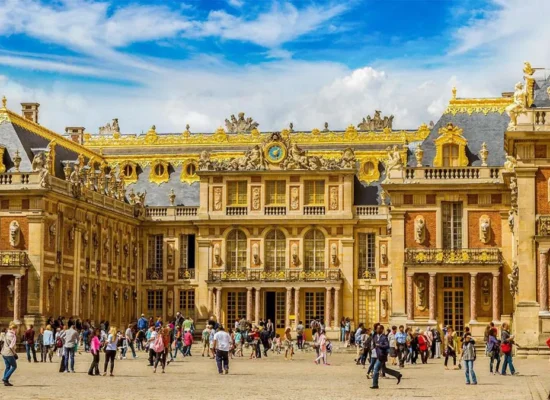
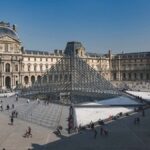
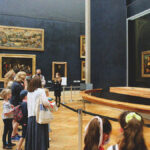
No Comment! Be the first one.